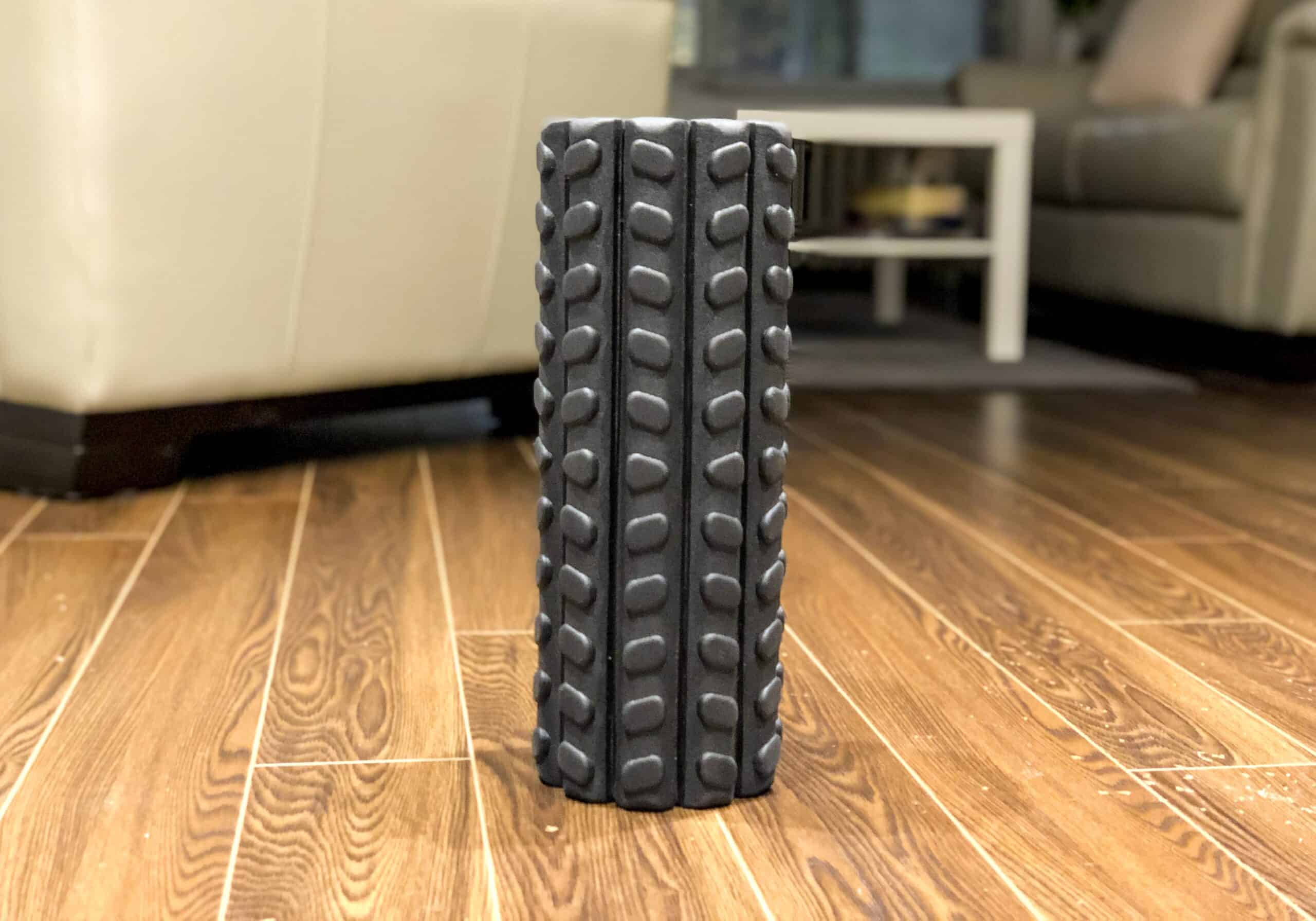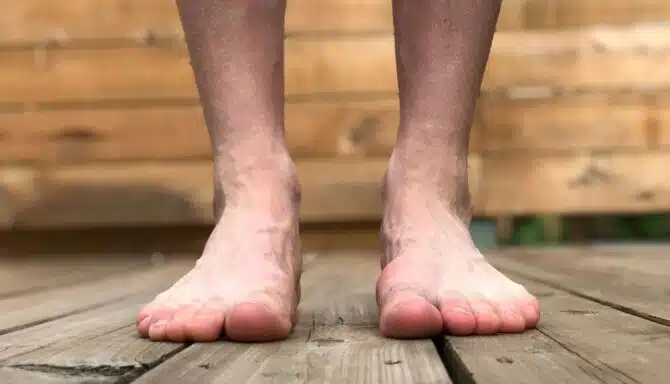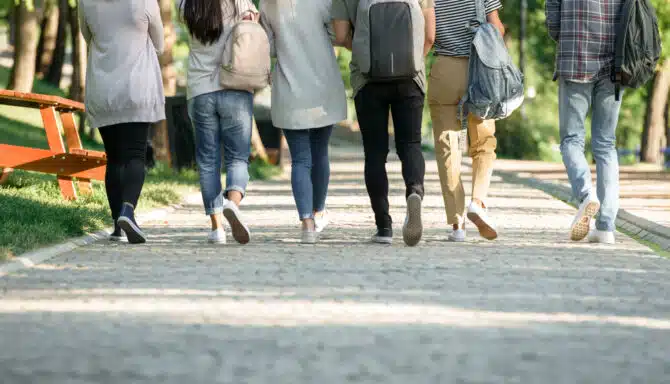Foam rolling is one of the easiest ways to keep your legs at their best.
Foam rolling is a self-therapy method used to eliminate general fascia restrictions. Think of foam rolling as your own personal massage therapist.
What is foam rolling?
Foam rolling involves using a foam roller as a method of release. By using your own body weight, the method is simple, effective and low-cost. Foam rolling is a great injury prevention method and can leave your muscles feeling refreshed afterwards.
Some people who foam roll do it as a warm-up to exercise, as it gets the muscles firing and activated. For example, some runners foam roll before activity to ensure their muscles aren’t cold when heading out the door.
Alternatively, foam rolling can be done after exercise, to break up the fascia, and knots that develop in the muscles.
What type of foam roller to buy
There are a number of different types of foam rollers on the market, from simple to premium.
Basic foam rollers can be found at most sporting goods stores for approximately $30.
Depending on your needs, a basic foam roller may do just fine. On the other end of the spectrum are more premium options, including Hyperice and Trigger point. These products are meant more for deep tissue massages and have additional features like vibration. Typically, the foundation of these rollers are made of stiff plastic with a foam outer layer, so they will last longer than a purely foam product. As their cores are also plastic, they also have a lot less ‘give.’
Foam rollers also come in various sizes. You can find travel sizes so they fit in your luggage if you’re a frequent traveller, Or, there are standard versions which cover a greater surface area of your leg and are often less painful because weight is dispersed more evenly across where you’re rolling. Fortunately, because they’re largely inexpensive, owning more than one won’t break the bank.
It should be noted that there are alternative ways to roll, including using tennis or lacrosse balls. The smaller the object, the more precise you can be with targeting trouble spots, or ‘trigger points.’
According to the American Council on Exercise, foam rolling “focuses on reducing pain or the discomfort that comes from the myofascial tissue—the tough, but thin membranes that cover and surround your muscles.”
How to do it
Foam rolling can be tricky at first, but you can get the hang of it pretty quickly. Using your body weight, position the foam roller about two-thirds to the bottom of your body, or to wherever on your legs you want to target. Then, roll slowly and gently back and forth and pause on particularly tight spots.
You can reduce the pressure by bearing more weight on your upper body, or when you’re on your side, by having your torso on the ground. There should be some discomfort, but don’t go as far as feeling intense pain.
You’ll want to avoid bones, and focus on the muscles, specifically trigger points. These refer to specific knots that form in the muscles, that will benefit from being rolled out, which increases blood flow to the area.
Typically, anywhere from 30 seconds to two minutes is appropriate for an area before moving on. In total, spend 10-15 minutes rolling various parts of your legs, even if they’re not particularly sore. Remember, sore muscles in one spot may mean the problem is actually somewhere else, so distribute the rolling appropriately.
Foam rolling doesn’t just have to be on your legs either. You can do your back, hips, arms, shoulders, and whatever else is sore.
Benefits
There are a number of benefits to foam rolling, both as an injury treatment, as well as for injury prevention. Best of all, it’s one of the most affordable methods of self-treatment needing little more than a $30-40 product, that lasts quite a few years too.
According to the American Council on Exercise, foam rolling has been shown to help the following conditions:
- IT band syndrome
- Patellofemoral pain syndrome (runner’s knee)
- Shin splints
- Lower-back pain
- Infrapatellar tendinitis (jumper’s knee)
- Blood flow, overall soreness
- Joint range of motion
If pain continues to persist, and foam rolling doesn’t seem to be helping, your injury may be more serious.
For all of your foot treatment needs, schedule an appointment, or contact Feet First Clinic at 416-769-FEET(3338).










